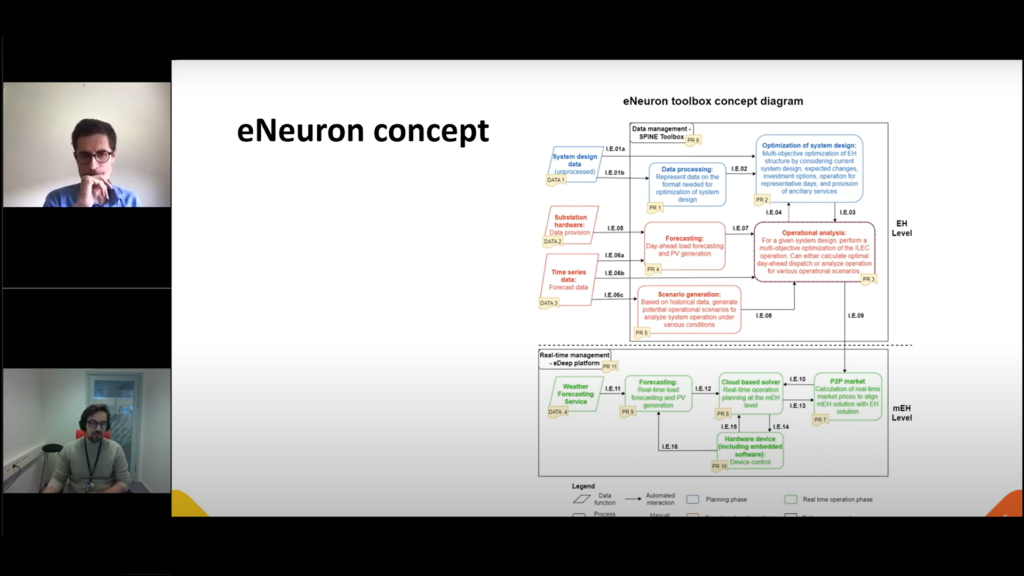The European project eNeuron has mapped today's local energy community (LEC) landscape, analysing the regulations and policies in force across Europe.
LECs stand to play a key role in the energy transition. They can foster prosumerism, increase resource efficiency and integrate locally produced clean energy.
However, LECs operate in a broader context that appears complicated. This is the view of Andrei Morch, from SINTEF Energy Research (Norway), who headed a report on regulation and policy relating to local multi-vector energy systems for the eNeuron project:
“Achieving pan-European decarbonisation in the energy sector requires several radical steps in the lead-up to the EU’s targets for 2050. With the introduction of renewable energy sources, we need greater efforts in balancing the power system. This may become a major driving force for the rollout of grid-connected energy storage while other technologies such as pumped hydro and heat storage will gain traction.”
The authors see a lack of regulation in the sector, something that may delay progress in the energy transition. “Uncertainty and especially the absence of clear regulatory provisions are possibly the most significant barriers today, and this may discourage investors from developing infrastructure assets,” continues Andrei Morch.
The report highlights the complexity of the LEC landscape which offers numerous solutions and assets with multiple combinations at the single-consumer level as well as for the energy community level.
See report here.
Background:
Drawing on the concept of micro and macro energy hubs, the EU-funded eNeuron project develops a range of cloud-based tools to seamlessly integrate multi-carrier energy systems and simulate peer-to-peer energy trading in local, real-time markets.
eNeuron has received funding from the European Union’s Horizon 2020 research and innovation programme under grant agreement No. 957779.
More at eneuron.eu
Media contact:
Mark Thompson
info@eneuron.eu
Published on
21 Mar 2022



